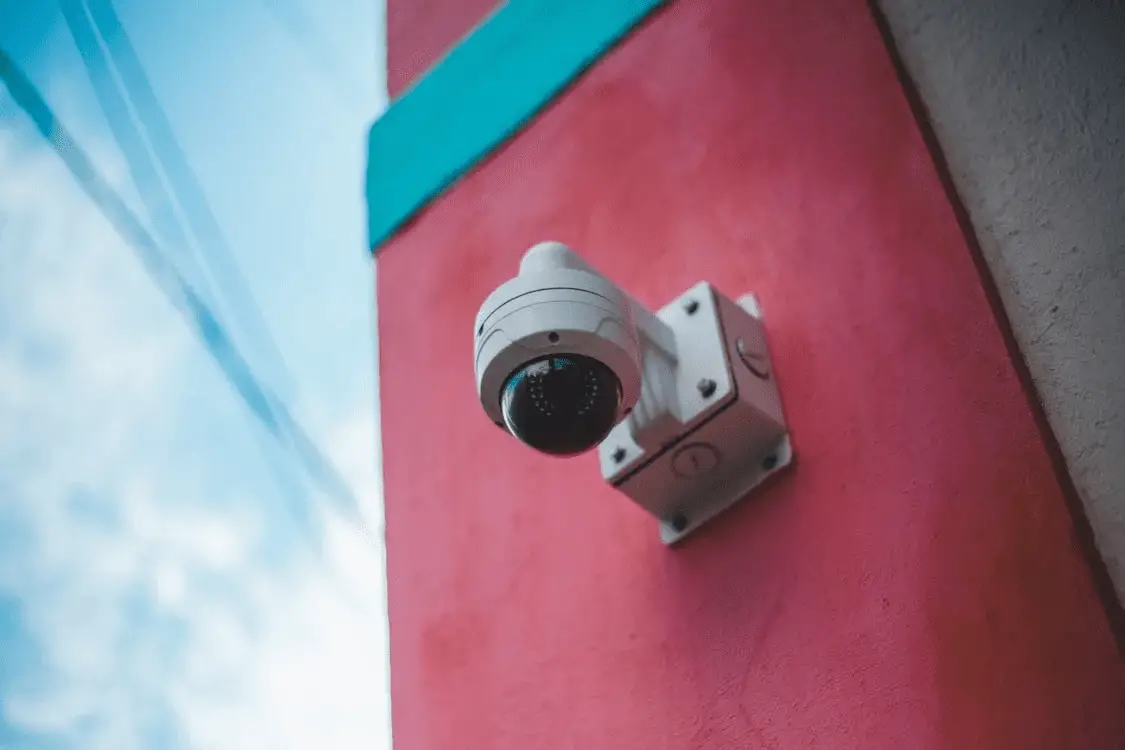
Pexels
Bugging devices are becoming smaller, more sophisticated, and more prevalent. They are installed by private investigators, jealous spouses, nosy neighbors, and criminals. Professionals will use powerful wireless activity monitors like WAM-X25 to find hidden cameras, listening devices, and GPS trackers. However, there are a few things that the average person can do to sweep their property for bugging devices.
Look for Signs of Entry
One of the first things you should do if you think your property is bugged is to check for signs of forced or illegal entry. This includes things like broken windows, damaged locks, misplace items, and new or out-of-place wiring. If you find any of these signs, it’s possible that a bugging device has been installed. Also, be on the lookout for any holes that have been drilled in walls, floors, or ceilings. These could be access points for bugging devices.
Inspect Electrical Outlets and Light Fixtures
Sweeping your property for bugging devices also involves inspecting electrical outlets and light fixtures. This is because many types of bugging devices need to be plugged into an outlet in order to work. So, if you see any cords that look out of place, or if an outlet seems to have been tampered with, there’s a good chance that a bug has been installed.
Use a Radio Frequency Detector
One of the best ways to sweep your property for bugging devices is to use a radio frequency detector. These devices are designed to pick up on radio frequencies that are emitted by bugging devices. They can be purchased online or at many electronics stores.
When using a radio frequency detector, start by scanning the rooms of your property that you use the most. This includes places like your bedroom, office, and living room. Move slowly and methodically around the room, paying close attention to the readings on the detector. If it starts beeping or flashing, there’s a good chance that a bugging device is nearby, so investigate the area thoroughly.
Search for Hidden Cameras
Hidden cameras can be used to spy on you without your knowledge. Since they are tiny, they can be placed almost anywhere, so it’s important to search for them carefully. Start by looking in places where a camera would have a clear view, like in front of doorways and windows. Then, check any items that might be able to conceal a camera, like clocks, smoke detectors, and books.
If you have any suspicions that a hidden camera might be present, it’s always best to err on the side of caution and assume that it is. This means not doing anything in front of the suspected camera that you wouldn’t want to be seen or heard by others.
Inspect Every Nook and Cranny
When sweeping your property for bugging devices, it’s essential to inspect every nook and cranny. This includes places like under furniture, insides of your drawers, and behind appliances. Basically, anywhere that a small device could be hidden should be checked.
You can always work with a professional if you’re unsure about sweeping your property for bugging devices. They have the experience and the equipment to find even the most well-hidden devices.